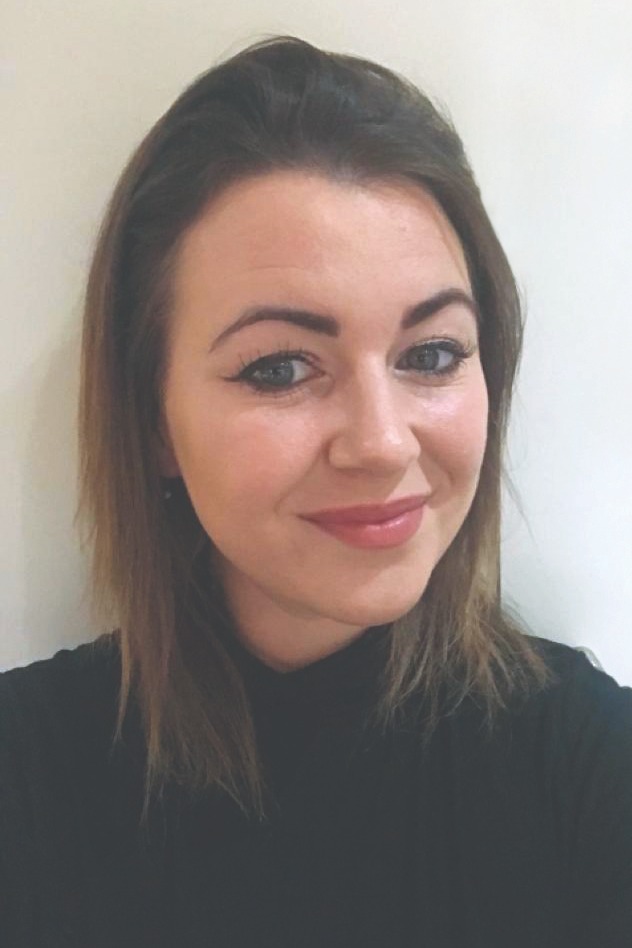Discover more about the learning disorder this Dyslexia Awareness Week…
Dyslexia is a common learning disorder affecting almost 10% of people in the UK*. That’s an incredible 6.3 million people who live with the condition. Dyslexia can impact many aspects of a person’s life, including school, work and everyday activities.
What Is Dyslexia?
People who have dyslexia struggle with spelling, writing and reading. Dyslexia has absolutely nothing to do with intelligence, but it can make learning very difficult. Dyslexic people can also have problems with processing and remembering information they hear, such as instructions from a teacher on how to complete a task. It’s a life-long condition and can make everyday tasks, like filling in forms or writing emails, quite challenging.
Having dyslexia doesn’t have to hold you back and there’s lots of great support available, such as specialist software and clever fonts that make reading easier. Many of the most successful people in the world have dyslexia – actors such as Jennifer Aniston and Tom Holland, and successful entrepreneurs like Richard Branson. People with dyslexia often show brilliant intellectual abilities and creative talents.
What Are The Signs?
No two people with dyslexia are the same and each will have their own unique set of strengths and weaknesses. There are common signs to look out for, but these can differ from person to person, making it trickier to identify.
For primary school children, the signs could include:
- Slow spoken and/or written work
- Difficulty concentrating
- Forgetting or misspelling words when reading and writing
- Struggling to follow instructions
- Mixing up letters that look similar – such as p and q
- Slow reader
Read more about the signs in primary school children here.
For secondary school children, the signs could include:
- Difficulty with written work
- Spelling the same word in different ways within the same task
- Difficulty organising their time and homework
- Difficulty reading aloud
- Mixes up left and right
Read more about the signs in secondary school children here.
For adults, the signs could include:
- Find it difficult to skim read
- Often need to re-read information
- Struggle with organising workload and deadlines
- Find it hard to concentrate
Read more about the signs in adults here.
How Is Dyslexia Diagnosed?
Because the signs and symptoms of dyslexia can be so different from person to person, it’s not always easy to diagnose. There are screening tests and assessments specialists can use to identify if a person could potentially have dyslexia, but these tests cannot diagnose the condition. Only a certified BDA Approved Assessor can diagnose dyslexia. You can find out more about dyslexia diagnosis here.
I Think I Might Be Dyslexic
If you think you have dyslexia, or a parent or teacher suspects you might, they can help you get support. It’s worth making an appointment with your doctor to rule out any potential underlying health conditions that could affect your learning. If no problems are found, your school can offer additional support in class or may suggest different teaching methods. They can also arrange screening and assessment for dyslexia.
Get More Support
For more support and advice, click here.
